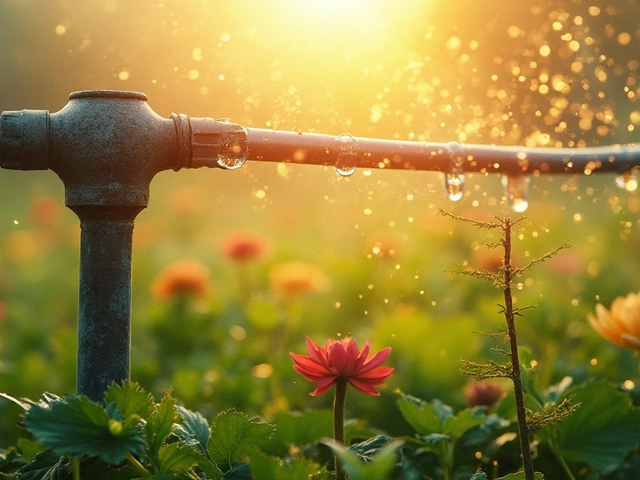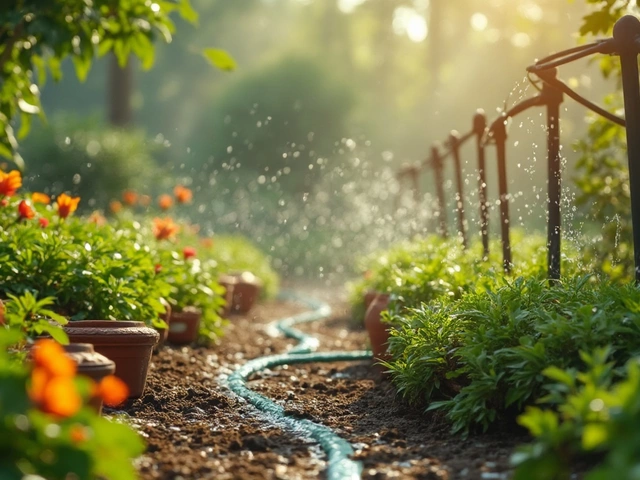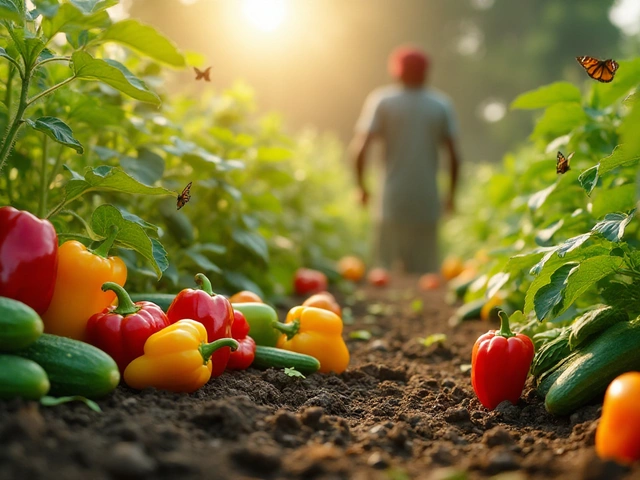Beginner Garden Tools: Must‑Have Gear to Start Your Garden Right
If you’re just getting your hands dirty, the right tools can make the difference between a happy garden and a frustrating mess. You don’t need a whole shed full of equipment – a few smart choices will get you planting, weeding, and harvesting with confidence. Below you’ll find the core tools every new gardener should own, plus quick tips on buying cheap without sacrificing quality.
Top 5 Tools Every New Gardener Needs
1. Hand Trowel – This small, pointed shovel is perfect for digging holes for seedlings, transplanting, and scooping soil. Look for a stainless‑steel blade and a comfortable grip; it will last years if you rinse off mud after use.
2. Pruning Shears – Also called secateurs, they let you snip off dead tips, shape bushes, and harvest herbs. Bypass blades (the scissors‑type) give a clean cut on live stems, while anvil blades work better on dead wood.
3. Garden Fork – A fork breaks up compacted soil, mixes compost, and loosens rows after planting. Choose a three‑tine model with a sturdy wooden or fiberglass handle for better leverage.
4. Watering Can or Hose with Adjustable Nozzle – Consistent watering is key for seedlings. A watering can with a rose (the little spout) provides a gentle shower, while a hose nozzle with a spray setting helps larger beds without over‑watering.
5. Garden Gloves – Protect your hands from thorns, splinters, and soil-borne germs. Look for breathable, water‑resistant gloves that fit snugly so you can feel what you’re doing.
Tips for Choosing and Maintaining Your Tools
When you shop, test the weight. A tool that feels too heavy will tire you out fast. Cheap plastic handles may crack after a season, so aim for wood or reinforced polymer. If a price tag looks too good to be true, it probably is – the blade will bend or rust.
Cleaning is a habit that pays off. After each use, rinse tools with water and wipe them dry. For metal parts, a quick wipe with a light coat of oil (vegetable or mineral) stops rust from forming. Sharpening pruning shears once a year keeps cuts clean and reduces plant stress.
Store your gear in a dry spot, preferably hanging on a wall or in a garden shed with a shelf. Avoid leaving tools in direct sunlight; UV can degrade plastic handles and weaken metal.
Finally, upgrade slowly. Once you’re comfortable with the basics, you can add a soil test kit, a sturdy spade, or a wheelbarrow. Each new piece should solve a specific problem you’ve already noticed, not just fill empty space.
Starting a garden doesn’t require a massive investment, just the right basics and a habit of caring for your tools. With a hand trowel, pruning shears, garden fork, watering system, and gloves, you’ll be ready to plant anything from tomatoes to marigolds. Keep the tools clean, sharpened, and stored dry, and they’ll stick with you season after season. Happy gardening!
Best Garden Tools Every Gardener Needs: Simple Guide to Must-Have Gear
If you’re jumping into gardening, you want tools that actually make things easier—not just more stuff to store in your shed. This article covers the real essentials: what you absolutely need to get started, plus some honest tips to help your hands and back last through the season. You’ll find out which tools serve double duty, which ones to skip, and a few tricks I’ve picked up from years of wrangling weeds and planting in everything from containers to raised beds. Even if you’ve killed a few houseplants, there’s info in here to help you grow stronger, healthier plants outside. Get ready to make your life in the garden a whole lot smoother.
About
Garden Tools
Latest Posts


Unlocking the 5 5 5 Rule in Rice Cultivation
By Alden Thorne Feb 22, 2025

How Much Water Should Flow from Your Drip Line?
By Alden Thorne Mar 28, 2025

Why Is It Not Good to Keep Potted Plants Indoors at Night?
By Alden Thorne Jun 3, 2025

